-
11 Nov 2025
Offshore Service Vessels: Regional Bright Spots Emerge
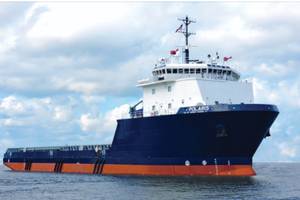
As oil exploration and production goes, so goes the market for Offshore Service Vessels (OSVs) and Platform Supply Vessels (PSVs). Throughout 2025, the prices of oil- which drives exploration and production (E & P), have softened, moving down towards $60/barrel amidst economic uncertainty and a wider than anticipated opening of the taps by major oil producers. In the past year, the Baker Hughes overall count of U.S. rigs working has declined. September 2025’s U.S.
-
18 Aug 2025
Inland Waterways System: Driver for the U.S. Economy
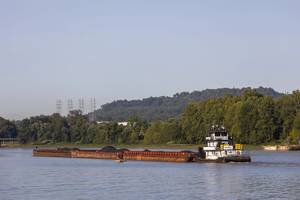
“In a global marketplace, supply and demand in one area of the world can greatly impact the agricultural production in another. American products are shipped worldwide …” is how the U.S. Department of Agriculture (USDA) describes the backdrop for international trade. The inland and coastwise waterway systems serving the United States (where agricultural cargoes are an important component) are sometimes regarded as insular highly specialized marketplaces.
-
08 Jul 2025
U.S. Boatbuilding Gains Steam
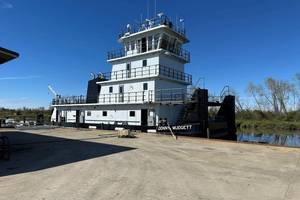
Shipbuilding in the United States has seen a heightened profile with increased attention from Congress and the Trump 2.0 Administration. The ongoing dialogue regarding reinvigorating the U.S. deep sea fleet has brought mainstream attention to vessel construction, which has been nearly absent in recent years. In contrast, the marketplace for domestic vessel construction, for vessels serving rivers and harbors, is alive and well.
-
16 Jun 2025
Are Workboats Really Going Green?
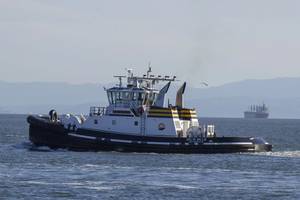
Tugboat and towboat owners across the nation eye fuel efficiency and emission reduction technologies and techniques in advance of increasingly stringent regulations.he first half of 2025 has seen a great deal of attention on emissions from vessels, with an eye towards their continued reductions in the coming years. Mid-April saw the International Maritime Organization (IMO)’s much anticipated Maritime…
-
05 Jun 2025
Obituary: A Personal Reflection on “Shipping Legend” Jim Lawrence

“Shipping is a people business”, so the saying goes. Jim Lawrence, who passed away at the beginning of June, truly embodied that. Certainly, he was a great participant at maritime events. When not up on the podium serving as the moderator, he would be walking around, shaking hands, talking about a particular transaction or development (and, sometimes, the intrigue behind it), along with everything that goes along with networking.
-
13 Mar 2025
Unwinding the Morass that is U.S. Offshore Wind
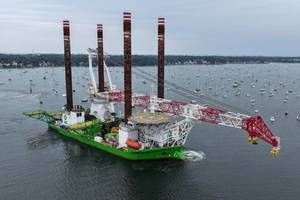
In the last decade, changing U.S. Administrations have become increasingly tumultuous, as the swings in priorities and directives have a real, material impact on business. Read on for insights on the current and future of U.S. Offshore Wind.In the weeks preceding his late January inauguration, then President-elect Donald Trump referred to wind turbines (both onshore and offshore) as “garbage in a field” and…
-
20 Feb 2025
Cruise Shipping’s Historic Rebound
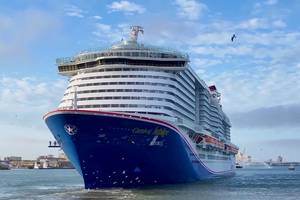
Battered by Covid, the cruise industry was down but not out. Today it is setting records in passenger count + the size and cost of a new fleet.Post-Pandemic, the fortunes of the big cruise companies have brightened dramatically. A late December, 2024 earnings release from Carnival Corporation & plc (NYSE: CCL), encompassing brands including Carnival Cruise, Holland America, Cunard, Princess Cruises and others…
-
13 Jan 2025
An (Electric) Jolt for the Passenger Vessel Industry
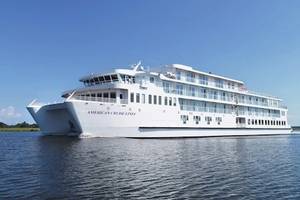
The domestic passenger vessel answers the call for cleaner and more efficient platforms. It is truly an electric time to be a part of this niche industry.In the shadow of a rapidly changing political landscape, the domestic passenger ferry sector is nevertheless seeing an increasing number of newbuild vessel orders. Older fleet vessels, some approaching financial and operational obsolescence – also…
-
07 Aug 2024
Offshore Wind: Inside the Financial Web
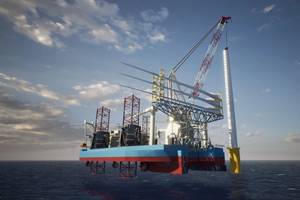
Early 2024 saw a group of financial deals that have implications, in a broad sense, for how offshore wind projects may be financed. While offshore wind projects might be thought of as being in the ‘utility finance’ basket, they are ultimately high-risk deals that might better suit the portfolios of ‘infrastructure investment’ which, in recent years, has taken a shift towards tolerating more uncertainty when it comes to cash flows.A 2022 article from consultants McKinsey…
-
18 Apr 2024
Marine News' 2024 US Shipbuilding Report
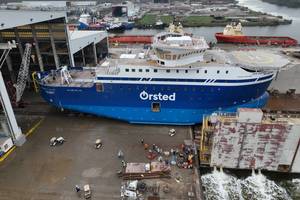
If nothing else, building vessels in the U.S. is a complicated business.In a session on the domestic shipbuilding marketplace, at Marine Money’s late-November 2023 conference held in New Orleans, Ben Bordelon, president and CEO of Bollinger Shipyards (with more than a dozen facilities, in Mississippi and Louisiana), described his company’s architecture as a “three-legged stool approach: commercial newbuilds…
-
28 Dec 2023
Workboat Power: Alternatives Join Diesel to Power Current—and Future—Vessels
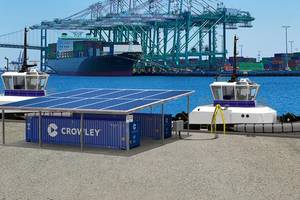
Analysts and commentators are quick to point out that fossil fuels will power maritime equipment, and indeed dominate the fueling marketplace, well into the future. However, they will do so alongside new fuels, and new technologies, that will be introduced to the maritime sector in the coming years. In its September, 2023 report “Beyond the Horizon: View of the Emerging Energy Value Chains”, the American Bureau of Shipping (ABS) explains that…
-
02 Aug 2023
Future Fuels: Methanol
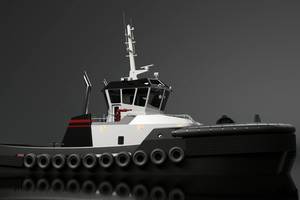
Any commentator on the maritime business decarbonization voyage will offer something along the lines of "There will be multiple fuels…" With the International Maritime Organization (IMO) meetings of its Maritime Environmental Protection Committee (MEPC) set for early July, it is likely that targets for emissions will be tightened. Whatever mileposts that the IMO actually establishes, there will be no prescriptions handed down on how to get there.
-
05 Jun 2023
Powering the North American Maritime Fuel Transition
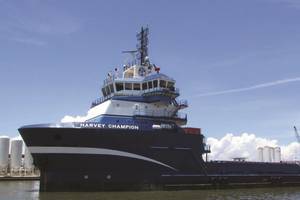
Offshore service vessels, along with workboats serving harbors and inland rivers, have embarked on an industry-wide voyage toward reduced emissions of greenhouse gasses. Professor Craig Philip, a faculty member with Vanderbilt University’s Center for Transportation and Operational Resilience (VECTOR) and former CEO of Ingram Barge Company, provides this context: “The Maritime Sector has long provided shippers with the most fuel-efficient and sustainable freight transport option…
-
03 May 2023
'Hydrogen Hubs' to the Fore
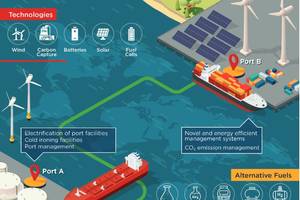
The path to decarbonization is defined by partnership and fueled by government funding. This month we examine the players, partnerships, and evolution of Hydrogen Hubs in the Gulf of Mexico.The Green Shipping Challenge, organized by the United States and Norway at COP 27 held in late 2022, brought about dozens of announcements on maritime decarbonization. Among these was a joint statement from the…
-
16 Feb 2023
2023 Shipbuilding Report: US Passenger Vessels
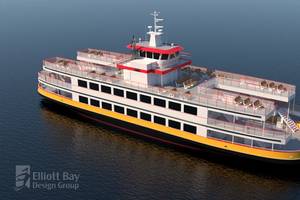
With travel and tourism nearing pre-2020 levels, and transit systems benefiting from a return to work, passenger vessels have seen renewed activity. In its year-end review, John Groundwater, Executive Director of the Passenger Vessel Association (PVA), which advocates for the sector in Washington, D.C. wrote: “As we are nearing the end of the calendar year, we are delighted to report that our industry…
-
25 Apr 2022
New Routines on the Bridge in the Digital World
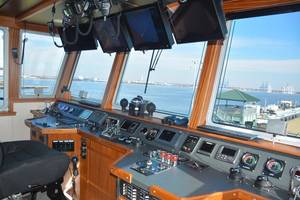
Like every sector of cargo and passenger shipping, “digitalization”—where computerized processes are replacing onboard routines previously handled manually— is an ongoing trend coastwise, on the waterways and harbors. Regulatory compliance, especially with Subchapter M for towing vessels, has also driven choices of onboard equipment with digital interfaces to software and online platforms for record…
-
07 Mar 2022
Recovery, Resilience and Demand Shifts to Drive Inland Waterway Cargo Flows
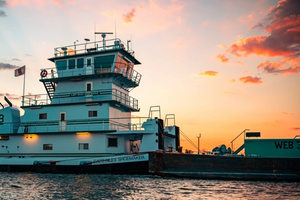
Waterway traffic is coming back. November 2021 saw 52.1 million tons moving on the U.S. inland waterway system, the highest monthly tonnage since October 2019, a few months before the onset of the COVID-19 pandemic, and the shutdowns and stoppages of early 2020. Flows estimated by the Bureau of Transportation Statistics (BTS), part of the U.S. Department of Transportation, based on data from the U.S. Army Corps of Engineers (USACE) show a 25% rise from June 2020.
-
02 Feb 2022
Passenger Vessel Sector Faces Winding Path Back to ‘Normal’
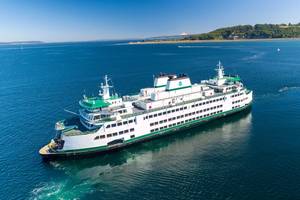
The year just ended, 2021, might be described as being about “trying to get back to normal”, across the entire transportation spectrum, two years into the pandemic. During this time, the decarbonization and electrification waves have swept across maritime passenger transport. The passenger side of the business is dependent on multiple funding sources; increasingly, this money will be driven by environmental and social considerations.The long-awaited funding of “infrastructure”-related projects…
-
18 Nov 2021
Leading the Charge
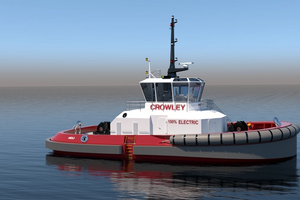
Alternatives to fossil fuels are emerging throughout the maritime universe, and vessels working in U.S. rivers, waterways and harbors are at the cusp on this trend. While the alternative fuels spectrum is wide, battery power and electrification—a technology that has seen a decade of shipboard applications already—is particularly suited for smaller vessels.Crowley Maritime Corp will be taking delivery of a completely electric tugboat…
-
11 Oct 2021
Racing for 30GW—and a Piece of the US Offshore Wind Pie
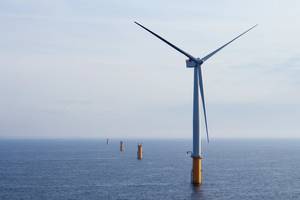
“30 by 30” is the rallying cry for all concerned with the burgeoning U.S. offshore wind business. In Spring 2021, the Secretaries of Energy, Interior and Commerce resolved to deploy 30 gigawatts (GW) of electricity generated from offshore turbines by 2030. Consultants McKinsey, in a recent article frame the value proposition for this clean fuel source, writing: “During the industry’s 30-year evolution…
Sponsored Content
Maritime leaders unite to tackle ocean plastic with launch of new alliance: the Maritime Association for Clean Seas

ABS Wavesight Advantage™: One Intelligent, Connected Maritime Platform to Transform Complexity into Operational Clarity

Subscribe for
Maritime Reporter E-News
Maritime Reporter E-News is the maritime industry's largest circulation and most authoritative ENews Service, delivered to your Email five times per week



